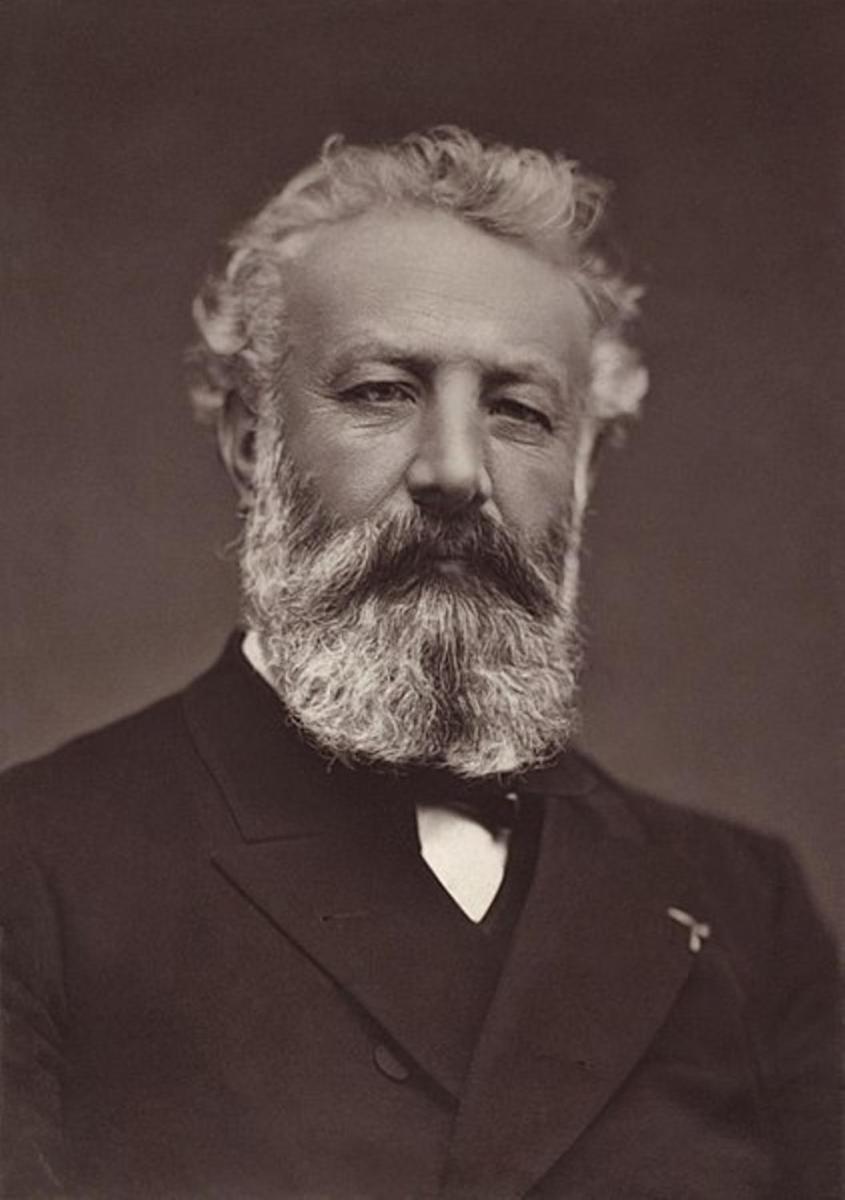- HubPages»
- Books, Literature, and Writing»
- Books & Novels»
- Fiction»
- Science Fiction & Fantasy Books
Art History in Tom de Haven's "It's Superman!"
Overall
To summarize, the book acts as an beginning of Lex Luthor's villainy, Lois Lane's career as a journalist, and of course, Clark Kent's transformation into the superhero we all know today.
Warning, I spoil a big part of the book.
Of photographers and forgotten plots
Now, if you noticed that I did not mention Jimmy Olsen in my introduction, I had a good reason.
He doesn't show up.
In his place, the author introduces an original character named Willi Berg who works as a photographer and knows Lois Lane. While the two live in New York City (Metropolis does not exist except for a reference that I'll mention later in this review), Berg ends up accused of killing someone after accidentally spying on one of Lex Luthor's operations. On the run and hiding from the police (Berg would dye his hair red during this time), he would encounter Clark Kent in Smallville. Forming a friendship, the pair would go trekking across America. When I first read the book, I thought this subplot would have Berg changing his name to Jimmy Olsen.
That never happens.
When Berg returns to New York City with Kent for the third act finale, the accusation that acted as a major reason why Berg had to go into hiding ends up resolved in the most subtly implied way possible. During the writing of this review, I had to check parts of the book multiple times to see if the exoneration did happen due to me missing it the first time I read this novel. At first I thought it didn't happen, but during my rewriting process, I checked again and thought it did. After some more checking, I read another section and found where I thought Berg's exoneration could have happened. Even now, I'm not even sure if there was closure on Berg's subplot. Also, at the end of the story, we see Berg back to working as a photographer as though the accusation never happened in the first place. There's not even a scene of him expressing relief over his regained freedom. Berg doesn't even have to deal with a criminal record of breaking and entering (how he found out about Luthor's crime) and evading the police. That's how nonexistent this major plot point ends up by the story's closing.
This problem probably comes from author Tom de Haven making Luthor too competent a villain. After all, the "Accusing Berg" plot starts with Luthor erasing evidence of the crime he committed, an action that leaves Berg a prime suspect of another crime (done by Luthor) for the police. The author could have resolved this part better. For example, there could have been a scene of a group of police officers (or any other government authority figure) coming across Luthor bragging about how he brought down Berg. A big scene that could have tied up the subplot. Unless you're writing a series, if you start a story with a person falsely accused of a crime, have them spend the rest of the book running from the law, you should wrap it up with an epic, satisfying conclusion.
When it came to Jimmy Olsen's potential revamping, it felt as though the author had all the parts ready to create a new and interesting take on an established character, but then forgot to finish putting them together. I may have had other issues with the novel, but I could forgive them more than the Willi Berg subplot.
The art history references (AKA I finally go to the article's reason for existing)
Much to my surprise and delight upon reading this book for the first time, It's Superman! contained a multitude of art history references, and here's some choice ones.
Whether the text mentions an "Aladdin lamp" in Kansas or a "Morris chair" in New York, art shows up everywhere regardless of class or state lines. While running from the law, Berg works as a photographer for the Works Progress Administration and later expresses his admiration for Berenice Abbott, a photographer whom he uses as an ideal for his personal ambitions. While in New York and celebrating Halloween, Kent and Berg (in costume) visit a museum I had never heard before called "Museum of the City of New York" to see Abbott's art in a collection titled Metropolis. I'm sure the link I embedded will let you see what the two saw in their visit. Later, Berg would take a trip to the "Beaux Arts Ball". I did some research, and indeed, New York had one in the time this story took place. Luthor enjoys a wide range of visual art that either falls under the gritty or the exclusive. To elaborate, the text writes of him owning work by Reginald Marsh and going to Sotheby's and the Salmagundi Club. Had I not spent time researching and organizing the Hickory Museum of Art's archive of artists during my intern years, I would have never known that this club acted as a who's who of the American art scene. Also, after looking up Marsh's history (you can learn about him in the link I embedded), I find it curious that Luthor would own work by the such an artist. Did the author pick Marsh to reflect Luthor's unsavory connections?
Even The Daily Planet building received an art history makeover with de Haven writing that Richard Morris Hunt contributed to one part of its exterior. Strangely, de Haven mentions that one room in the Planet took its artistic cues from a famous French palace, but doesn't write if Hunt had a hand in that. Odd, given how the link I embedded in his name gives a history of Hunt's French influence. Other references act to add color to a scene, or just to name drop artists and landmarks, such as Lane attending the Museum of Modern Art's showing of a certain Dutch Post-Impressionist.
The beautiful and ugly sides of 1930s era America
After that little rant, let's discuss the good things about this book. I absolutely love de Haven's unvarnished and fully realized descriptions of Kansas, New York City, and the rest of Depression-era America. They're packed to the brim with little details that fully take you into a completely different time. Also, nearly every character feels as though they live and breathe the 1930s. In fact, the best example I can compare this book to is Alan Moore and Dave Gibbons' Watchmen. Both works combine real life historical events/pop culture references with superhero mythology.
Furthermore, the author does not shy away from depicting prejudices that contaminated everyone far and wide. From blatant hate to casual bigotry, the author does not gloss over this disease that hits everywhere and everyone.
My overall feelings
Despite my problems with the Berg subplot, I recommend reading this. While it has action scenes, it works mainly as solid studies of the main cast of characters. Everyone (established and original) felt very well written and I came away fully understanding the motivations of each character, both good and bad. Out of all the characters' heads I enjoyed exploring, I think I enjoyed Luthor's the most. I found his rise to main antagonist fascinating and disturbing at the same time. Disturbing at how casual he creates plans of criminal activity. The same goes with his henchmen. So intriguing, yet so repulsive.
This is the review that got me interested. (Found it via Racialicious.com
- It’s Superman! | The Middle Spaces
I had never heard of this book before I picked it up for a dime at a library sale. I had low expectations, but for ten cents? Hey, I like superheroes! Why not? This book was good. Surprisingly good. This novel would be a social realist work, if it we
Revised Updates
1-29-2015 I had to alter a few sentences around because I realized some of my thoughts were similar to the review I linked (that I haven't read in a long time, and I couldn't find it during my rewrites) above. While my opinions did come to me when reading, I'm sorry.
2-8-2015 I added the link to where I found the review.
Update 2-19-2016
- NRA: A global broadcast
Related to the Luthor subplot I took apart, this blog I follow explores the "exposing villain's secret plan" trope. I read this post years ago and probably took inspiration from it.
Go ahead and check it out.
© 2015 Catherine




